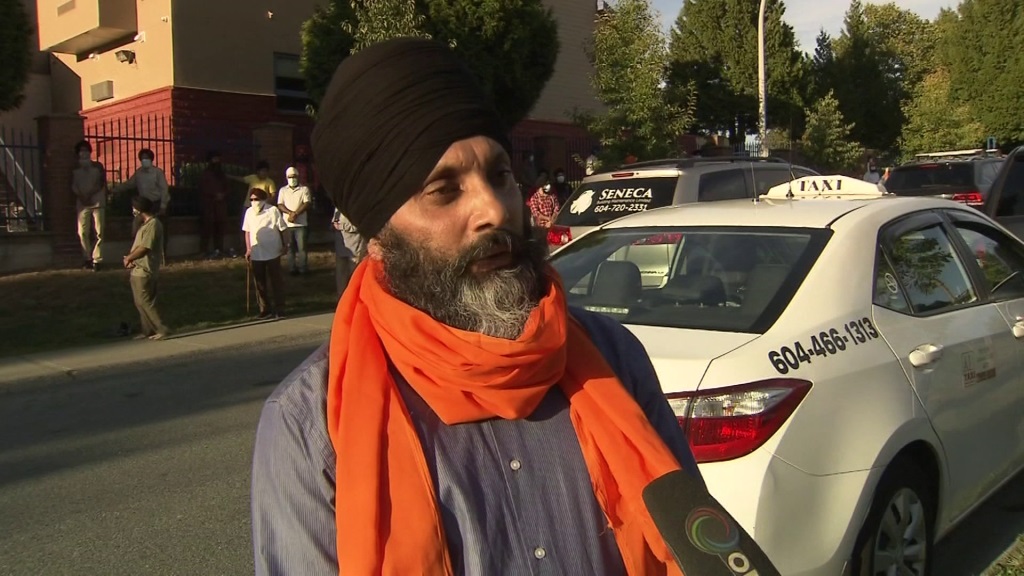Women feel less safe than men downtown: WRCPC survey
Posted Jan 18, 2018 04:00:01 AM.
Last Updated Jan 18, 2018 05:07:46 AM.
This article is more than 5 years old.
If you don’t feel safe while walking in your downtown core at night – it seems you’re not alone.
A new survey put out by the Waterloo Region Crime Prevention Council shows only 15 per cent of respondents feel ‘very safe’ in their respective downtown core at night – and there was a large disparity between men and women when it comes to safety concerns.
The ‘Perception and Fear of Crime in Waterloo Region Survey’ for 2017 was conducted through the University of Waterloo Research Centre. In total, there were 404 respondents – 54 per cent male and 46 per cent female, ranging in age from 19 to 92.
The results show that throughout Kitchener, Waterloo, and Cambridge – 79 per cent of men feel safe while taking an evening stroll alone through their downtown core, while only 52 per cent of women do.
The survey also found that people living in our Townships feel safer than those in the Tri-cities – while males tend to feel safer overall locally.
When it comes to trusting those in our community, there’s also a bit of a gap. 76 per cent of respondents say that most people can be trusted – 81 per cent of males, 73 per cent of females. The good news is – we’re becoming more trusting each and every year, as that rate continues to rise whenever a survey like this is conducted.
Downtown cores still come with their share of stigma though – as 91 per cent of those surveyed say they feel safe in their own neighbourhood, but only 62 per cent feel safe in their downtown.
An in-depth look at the findings finds a few reasons for that though – with the main one being pretty simple. The Council says frequency of visits had an extremely positive impact on perception of safety, as people who never visit downtown cores seem to feel the least safe.
Researchers say other factors for not feeling safe downtown are high or low incomes, whether someone is trusting of others, and levels of education.
The survey finds that there are a few things that can make a downtown or uptown core feel more safe – those include lights, open businesses, people, a police presence, and car and bus traffic.
WRPS Chief Bryan Larkin says he believes these findings are generally positive.
“We’re seeing a lot of change, and things really enhance and improve since our report from 2011. When it comes to the downtown cores — all we can say is, come down and celebrate. There’s a number of great restaurants, entertainment, and businesses – there seems to be a misconception of community safety in downtown areas, but when people get down there, they see that it’s fantastic.”
Larkin says he understands it can be difficult to overcome these kinds of general misconceptions.
“The reality is – it’s human nature to be judgmental. I think with maturity, time, and experience – people will become more open-minded. I think we’re also just making great strides and people need to be aware of that – if you look at all three urban municipalities, they’re investing a significant amount of money. Even just looking at our call demand in Uptown Waterloo .. that’s dropped dramatically, and it’s fantastic to see.”
Larkin adds that it’s also one of the things the WRPS Sexual Assault Task Force is working on – ensuring women and men feel safe, regardless of where they are in Waterloo Region.
“That’s one of the pieces around building trust in the system. We’ve seen a high rate for public trust in Waterloo Region – but there’s always work to be done. Through television, media, the internet .. it seems they can put a ‘dark cloud’ over downtown cores.”
Another factor is that challenges can be much more visible in those areas, as opposed to other neighbourhoods. Larkin reiterates his message – that once you get down to a downtown area, any negative perception will change.
“Remember – we’ll have festivals in the downtown cores across the region where there’s tens of thousands of people .. with little to no incident, and we need to celebrate that, and market that these areas are safe.”










